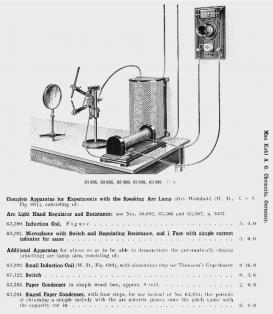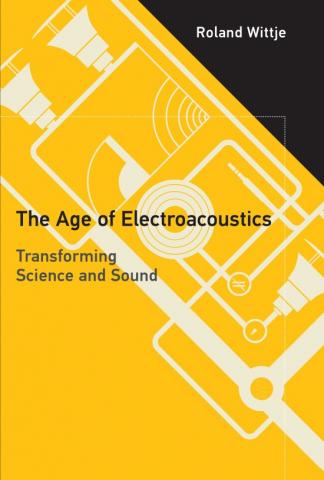This project investigates the sonic dimensions of physical laboratories at the juncture of acoustical and electrical research around the turn of the twentieth century. The concept of electro-acoustics brought together practices, instruments, and representations from acoustics and electrical research. The notion of electro-acoustics itself appeared around 1900, while various types of electro-acoustic technologies and analog representations date further back in history. We plan to put several historical electro-acoustic instruments into operation and recreate experiments performed within laboratory research. Video and audio recordings of the experiments will be presented on a website. Specific attention will be paid to the instruments’ sonic performance and the underlying practices and epistemic functions. As part of the process, the project will explore the opportunities, limits, and methodological challenges of a historical reconstruction of experimental practices and soundscapes.
The first experimental setup to reconstruct will be Göttingen physicist Hermann Theodor Simon’s “singing and speaking arc” from 1911. In the first decade of the twentieth century, electric arcs were common in electric lighting and wireless telegraphy. As a transducer, the arc transformed electric oscillations directly into acoustic vibration without any membrane or other mechanical means. Given its technological and epistemic potential, the electric arc became the ideal experimental system for oscillation research in an electric age at the Göttingen Institute of Applied Electricity.


